There are many threads that weave together to form modern Corowa. A journey into the past is a discovery, and you might just uncover the secret to our busy town and proud people.
Corowa was proclaimed a township in 1858 and with neighbouring Wahgunyah became one of the busiest ports on the Murray River in the 1860s. The discovery of gold in Beechworth in the 1850s was followed by similar finds nearby. Corowa boomed.
Corowa also played a crucial role in shaping Australian democracy with the People’s Convention held here in 1893. This event was the catalyst for the move towards nationhood and Federation. Corowa has since garnered the title of the ‘Birthplace of Federation’.
Detailing this path to Federation is a major exhibit in the Federation Museum, a building which itself is over 100 years old.
See more about the Federation Museum.
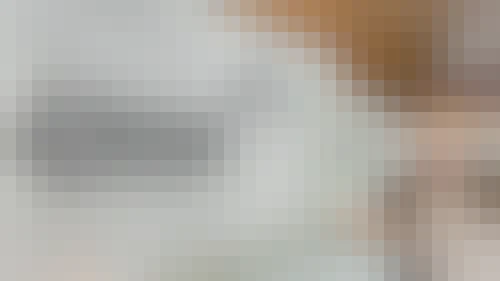
Corowa’s rich history is on ample display with captivating historic buildings including the Corowa Courthouse and the Oddfellow’s Hall, where the People’s Convention took place.
The best way to explore Corowa’s rich history and heritage is by exploring town on the self-guided historic walk. Read the signs adjacent to significant buildings and the storyboards located at the Corowa Civic Centre and Sanger Street which bring to life the history and unique links to Federation.
On foot, the tour takes around three hours, with plenty of places to stop to rest and refuel. Many enjoy visiting the bulk of sites in a cluster in the centre of town, then driving to some of the further-flung locations; by car, the tour will take around an hour.
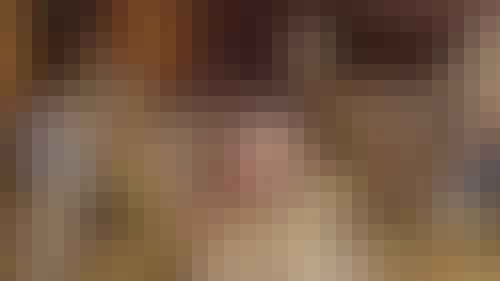
Tom Roberts is a well-loved Australian artist who also played a significant role in Corowa, with his iconic painting ‘Shearing of the Rams’ giving us a snapshot of the hard work and togetherness that is still apparent in the farms and smaller communities North of the Murray.
In spring 1888, he visited the Corowa area where he made between 70 and 80 sketches at a local shearing woolshed. Returning in 1889, he finished his famous painting. A replica shearing shed is at Redlands Hill Reserve, on Tom Roberts Road north of Corowa, just a few hundred metres from the site of the original shearing shed. Discover the Shearing the Rams Trail.
Also having a major impact on Corowa’s history in famous artworks was Tommy McCrae, a local Aboriginal artist who was known for documenting the arrival of Europeans and Chinese during the Rutherglen goldrush.
Visit the Federation Museum to find out more about Tom Roberts and his two most famous Corowa paintings, “Shearing the Rams” and “A Break Away”, and to see original Tommy McCrae paintings.

Get ready to start your self guided tour of Corowa NSW 2646.
View Corowa History Trail here
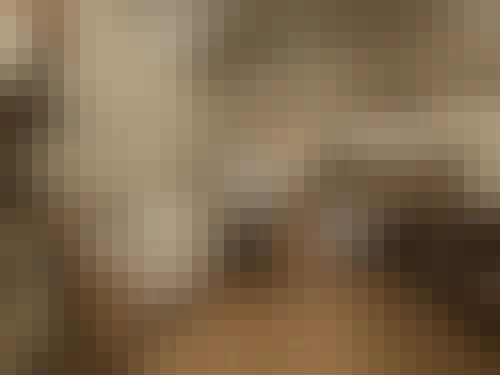
Step back in time and discover Corowa's history and its role in the birth of Federation Australia…
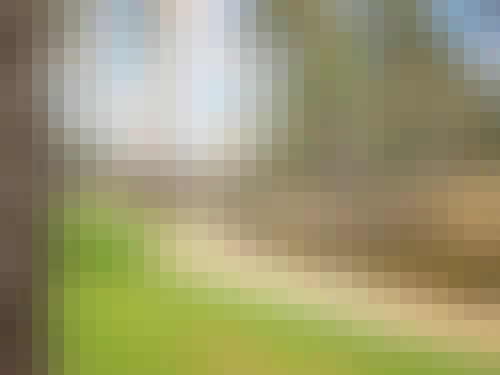
No matter the season, there is always something to do along the Corowa Foreshore! The Corowa Lagoon…
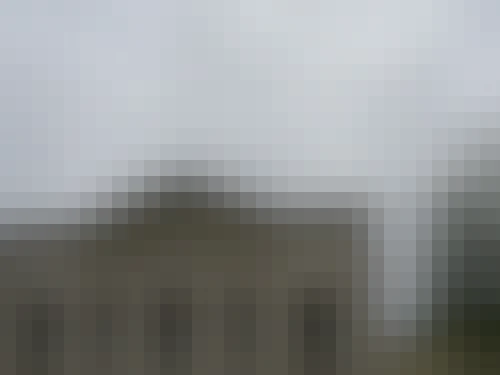
The Corowa Memorial Hall building was the site of the original School of Arts in 1873, the Literary…